A relief for inflamed skin and itchy rashes!The above-ground parts of the oat plant are used as oat straw, which are green, i.e. harvested shortly before full flowering, and dried quickly. Oats have been around for approx. 100 B.C. mainly grown in northern latitudes.
INGREDIENTS
The main ingredients are various minerals, especially silica, in a water-soluble form with at least 2 %. Flavonoids and saponins support the anti-inflammatory and antipruritic effects.
EFFECT
INTERNALLY:
- For general strengthening and strengthening in cases of nervous exhaustion, insomnia and so-called. “Weak nerves”.
EXTERNAL:
- The aqueous extract from oat straw has an anti-inflammatory and anti-itching effect on skin rashes and has a calming effect on allergic and reddened skin.
- The naturally moisturizing effect prevents the skin from drying out in the long term and is therefore particularly suitable for babies and small children.
APPLICATION
As a component of tea blends or traditional medicines for anxiety and tension, to support the treatment of stress and nervousness.
As a full or partial bath, as a compress or for dabbing:
- weeping and itching skin rashes;
- Skin diseases with excessive flaking;
- allergic skin reactions;
- skin prone to dryness;
- for daily care of babies and small children to protect their natural acid mantle to obtain.
RISKS & SIDE EFFECTS
There are no known risks or undesirable effects. Bathing temperature 32–35 °C for a duration of 10 minutes for extremely dry and sensitive skin, otherwise up to 20 minutes.
SOURCES
- Ammon H. P. T.: Hunnius Pharmaceutical Dictionary. 9. Edition, Berlin 2004
- Berkow R., Beers M., Fletcher A. J.: Handbook of Health. Munich 1999
- Wichtl M.: Tea drugs and phytopharmaceuticals. 5. Edition, Stuttgart 2009


